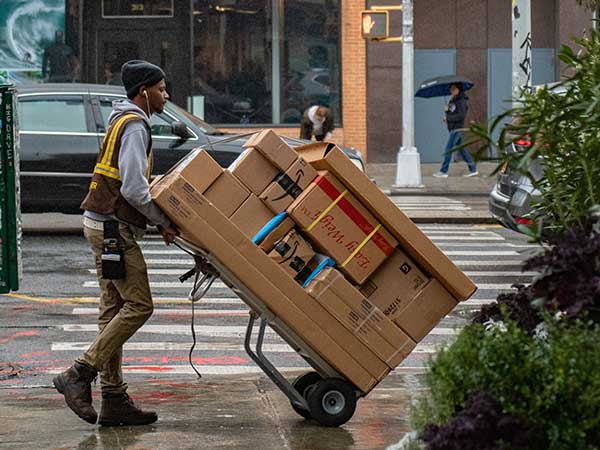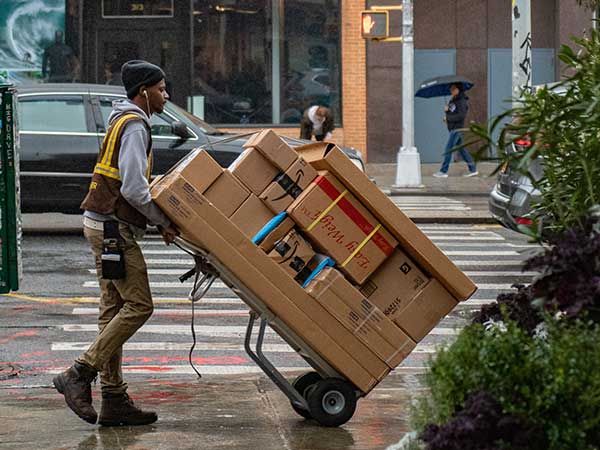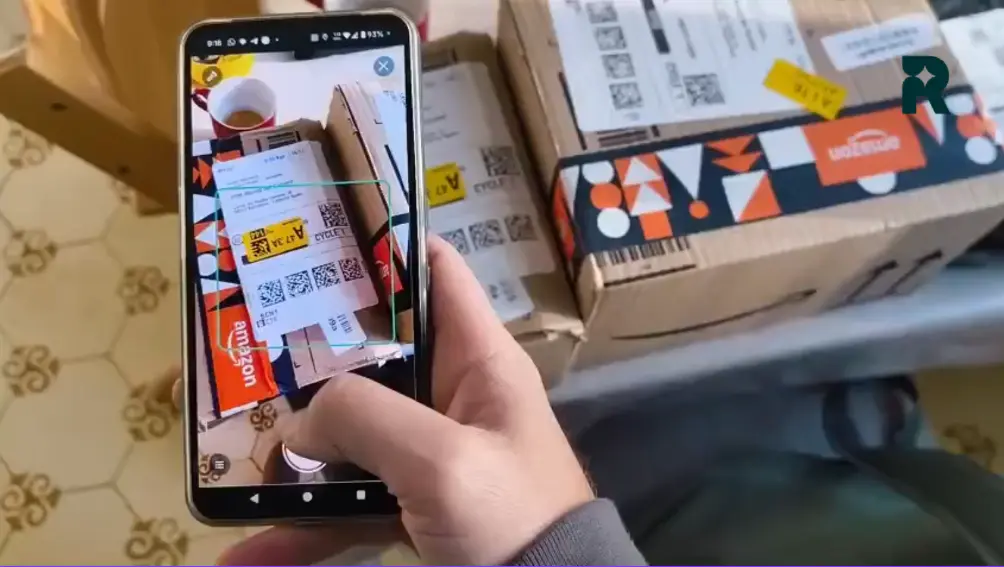Managing Customer Expectations for Last-Mile Deliveries: Keys to Trusted Service

La expectation of a customer versus a service is based on their previous experience and the promise they made to them at the time of purchase. Managing that previous (not necessarily good) experience with the promise of service will mark the success of the service.
Trust is based on complying with the agreement we make with our client. For example, Koiki and its sustainable commitment. Building a trusted service can take years of hard work. Losing that trust, on the other hand, can only mean a bad response from one of our collaborators.

In the world of last mile deliveries, customer expectations are based primarily on these 4 points:
- Delivery time: Customers usually expect their order to be delivered within the agreed time frame. If the order is not delivered in the expected time, the customer may be frustrated.
- Product status: Customers expect the product to be in good condition upon delivery. If the product is damaged or in poor condition, the customer may feel dissatisfied.
- Deliveryman's treatment: Customers expect friendly and professional treatment from the delivery person. If the delivery person is rude or unfriendly, the customer may feel upset.
- Ease of tracking: Customers often expect to be able to track the progress of their order and know their location at all times. If there isn't an easy way to do this, the customer may feel worried or uncomfortable.
Expectation: “Delivery in a timely manner”
For every logistician, that's the goal. Deliver at the agreed time (not earlier and certainly not later) and in the right way. The forms, in many cases, are almost more important. They mean the image of the brand, the relationship with the customer, the condition of the product that you have taken care of throughout the trip. Details, which may seem insignificant, although in many cases they make a difference, and on many occasions the customer is willing to pay for it.
The problem is when the expectation is not met, it can generate frustration in the individual. Frustration is a negative emotion that occurs when a goal is not achieved or when obstacles are found to achieve it. Putting ourselves in the shoes of our customer can help us identify areas for improvement in our service.
Some potential causes of customer frustration include:
- Lack of control: When someone has no control over the outcome of a situation, they may feel frustrated. For example, if a customer expects their order to be delivered within a certain time frame and it doesn't arrive on time, they may be frustrated that they don't have control over the delivery process.
- Lack of information: A lack of information or clarity in instructions can lead to frustration. For example, if a customer doesn't know when their order will arrive or how to track the progress of their delivery, they may be frustrated.
- Lack of support: When someone doesn't receive the necessary support to achieve a goal, they may feel frustrated. For example, if a customer expects to receive care and help from the delivery person and doesn't receive it, they may be frustrated.
For this reason, it is essential to have tools that allow us to properly manage customer expectations. Having control over operations at all times allows us to know if service commitments with the customer are being met. Sharing this information with the customer allows the customer to adapt to a problem. There's no worse feeling than waiting for someone without knowing when they'll arrive. It can be 5 minutes, or 5 hours. This ignorance generates anxiety and in a hyperconnected society it generates a poor customer experience.
If you feel that your operations can improve and that your customers often have the perception that the service they receive is not very good, and you are willing to lead the change in your organization, we recommend that you try Routal Planner. This tool helps companies like yours to offer a more convenient service, save time and logistics costs while empowering customers with information. ¡Take a look here and see for yourself!




%20(22).webp)
%20(12).webp)
%20(11).webp)


.png)


